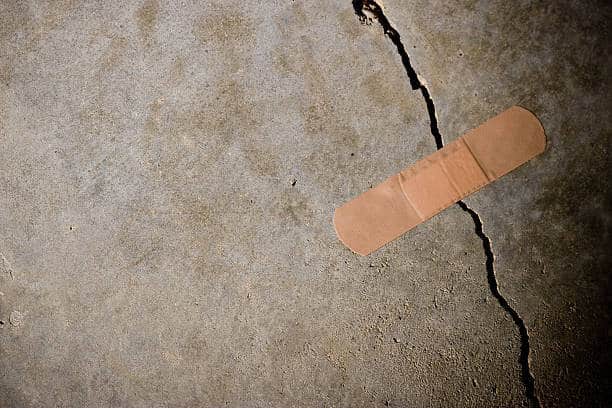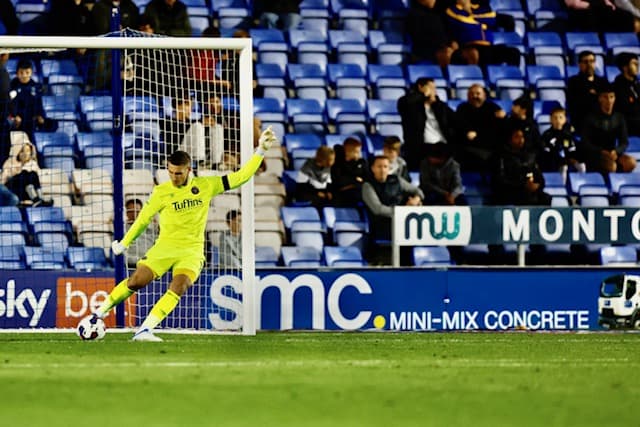The ‘slump’ of concrete refers to the consistency of fresh concrete before it sets – the higher the slump, the more fluid the concrete is. It’s a fairly confusing term for a complex-sounding process, but it really is quite simple when it all boils down.
You may think that the word ‘slump’ is a bit out of place in the context of concrete, usually referring to the act of slouching or sinking, but it’s actually rather apt – it’s called that because it’s measured by testing how much a pile of concrete slumps down when left to stand! The test is done by filling a cone with a sample of the concrete, removing the cone, and measuring how far the concrete has slumped.
CONCRETE SLUMP CLASS
Concrete slump is labelled in terms of what class it falls into, ranging from S1 to S5, based on its average slump value – this is illustrated in the grid below. Concrete in class S1 is a relatively dry mix, and it gets more fluid the further up the classes you go.
CLASS SLUMP RANGE TARGET SLUMP
S1 10 – 40 20
S2 50 – 90 70
S3 100 – 150 130
S4 160 – 210 180
S5 210 – N/A 220
In terms of how each class should be used, the general consensus is that S1 concretes are best for kerb and pipework bedding, S2 for strip footings and hard-standing slabs, and S3 for trench-filled foundations requiring high flowability.
Concretes in the S4 and S5 classes require the help of an experienced concrete technologist due to their typically specialist applications such as foundations, slabs, and pumping/piling concrete.








